29 Sports Cars Drivers Adored But Dealers Couldn’t Move

Some sports cars have all the right moves on the road but somehow stumble when it comes to hitting the showroom floor.
Drivers fell head over heels for their sharp handling and eye-catching designs, yet dealers were left scratching their heads as these beauties lingered on the lot.
Maybe they were ahead of their time or just a little too quirky for the masses, but their stories prove that even the coolest rides can struggle to find their audience.
It’s a wild mix of passion and puzzlement under the hood.
1. Mazda RX-8
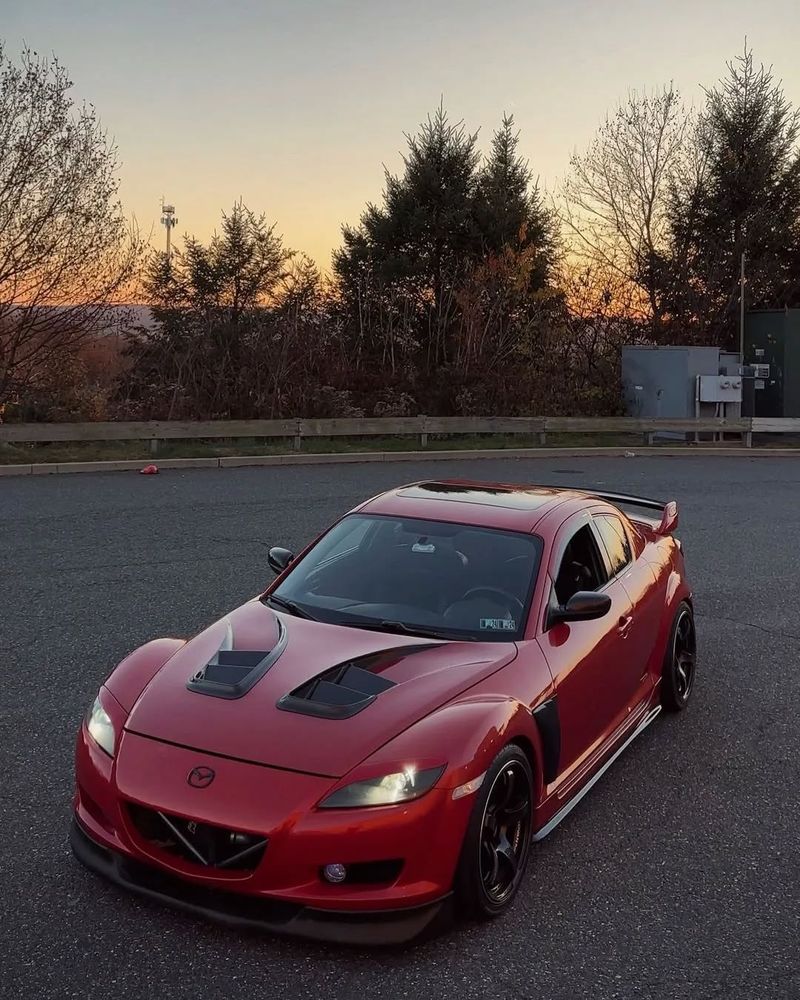
Screaming to 9,000 RPM with its unique rotary engine, the RX-8 was a handling masterpiece wrapped in quirky packaging. Those rear-hinged half doors made it surprisingly practical for a sports car.
Unfortunately, abysmal fuel economy, notorious oil consumption, and apex seal reliability concerns scared away mainstream buyers.
Dealers found themselves explaining rotary technology to confused customers who ultimately walked out.
2. Subaru BRZ
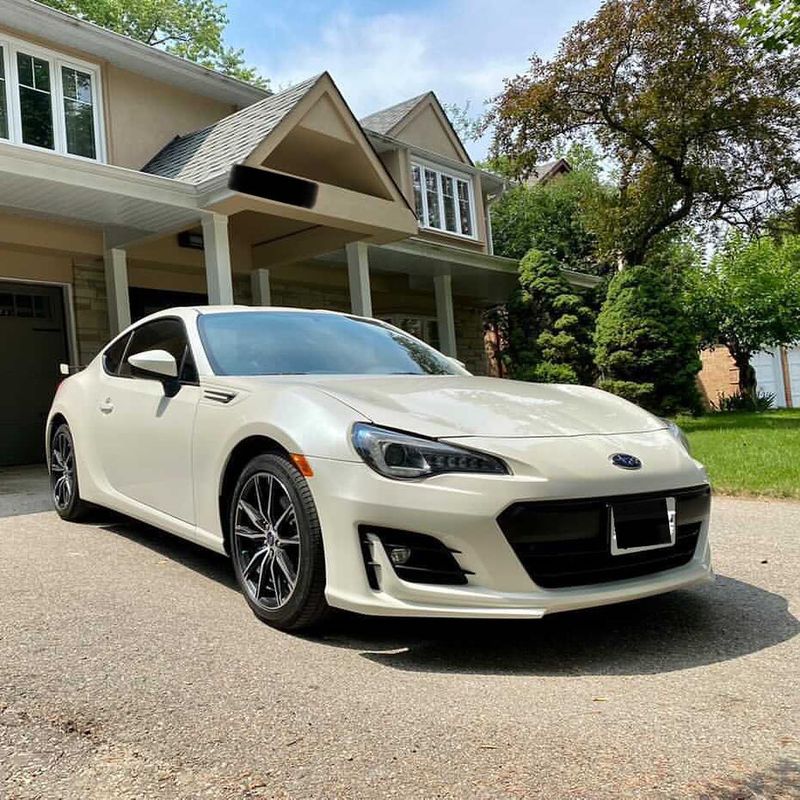
Perfectly balanced and gloriously analog, the BRZ delivered raw driving thrills in an era of numb, electronic-everything competitors.
Low center of gravity, manual transmission, and rear-wheel drive made it a track-day darling.
Armchair critics relentlessly mocked its modest 200 horsepower, though, demanding turbos it never received.
Dealers watched potential customers walk after test drives where they complained it was “too slow” – missing the point entirely.
3. Toyota 86/Scion FR-S
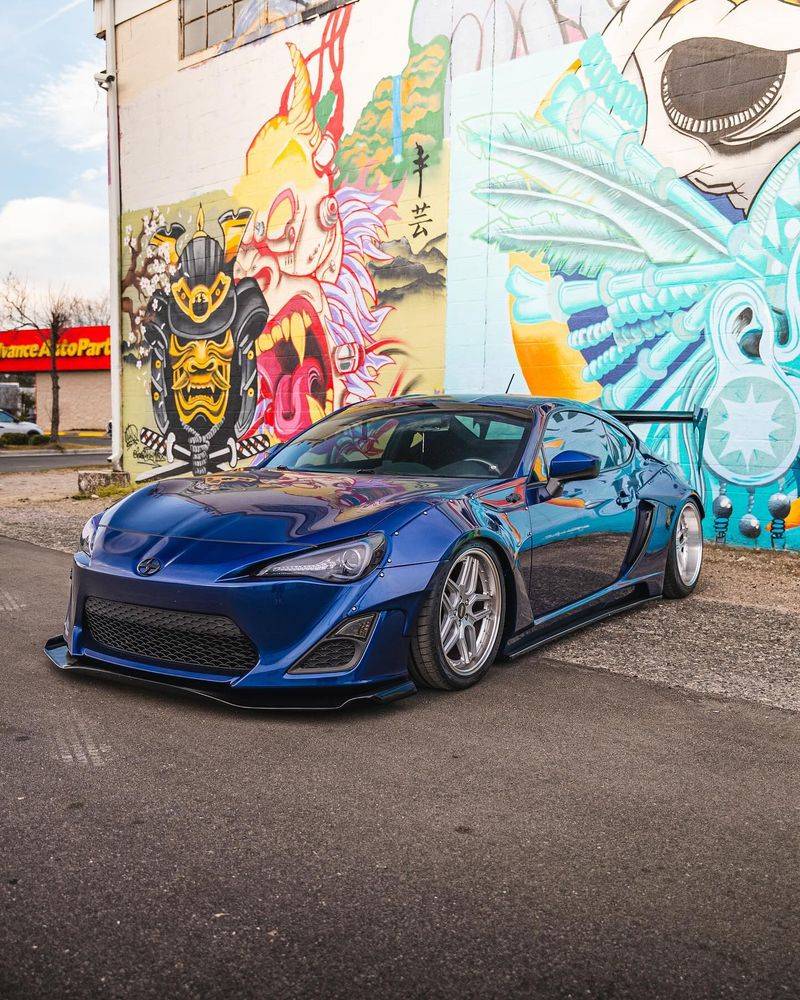
Virtually identical to the BRZ, Toyota’s version of this joint sports car venture suffered from identity crisis.
First sold as the Scion FR-S, then rebadged as the Toyota 86, customers couldn’t keep track of what it actually was.
Despite magazine covers and enthusiast acclaim for its sublime handling, Toyota dealers struggled to move units.
The “Toyobaru” twins became the cars everyone praised online but few actually purchased.
4. Fiat 124 Spider
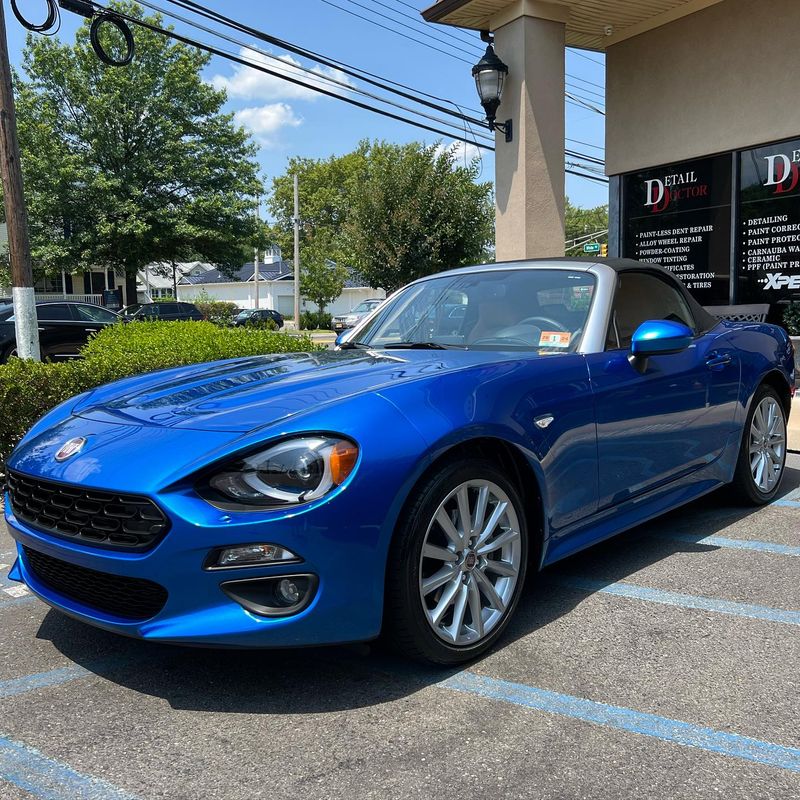
Beneath that gorgeous Italian bodywork beat the heart of a Mazda Miata, creating a fascinating Italian-Japanese hybrid.
Fiat added turbocharging and unique suspension tuning to differentiate it from its Japanese cousin. Sadly, Fiat’s reputation for questionable reliability followed the 124 Spider like a dark cloud.
Potential buyers worried about maintenance nightmares despite the Mazda underpinnings. Most customers just bought the Miata instead.
5. Hyundai Genesis Coupe
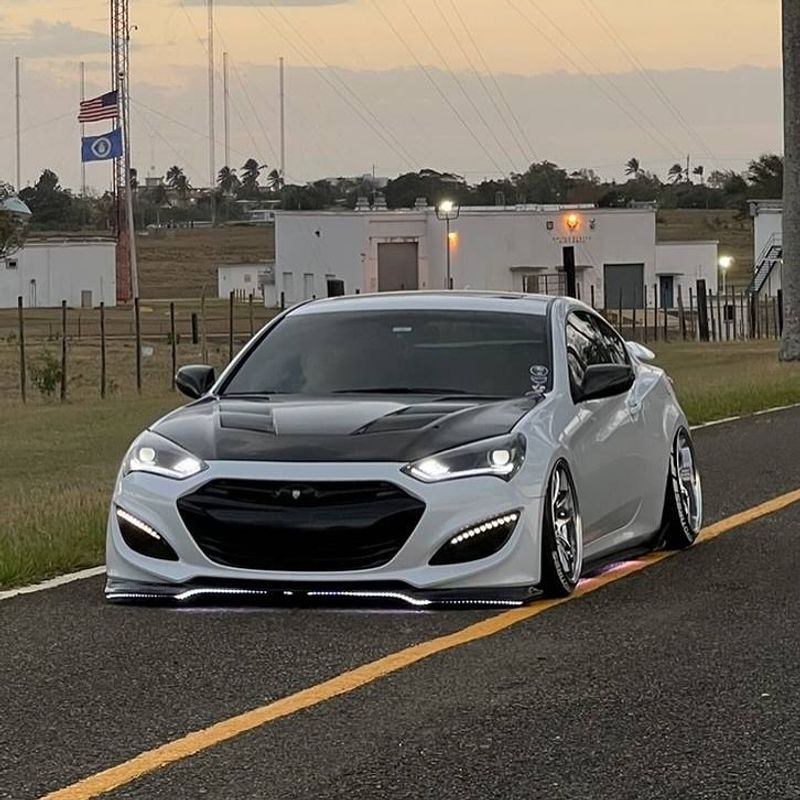
Bursting onto the scene with rear-wheel drive and up to 348 horsepower, Hyundai’s ambitious sports coupe shocked the establishment.
Available with either a turbo four-cylinder or a muscular V6, it offered serious performance at bargain prices.
Badge snobbery ultimately destoryed its chances. Buyers willing to spend $30K+ on a sports car couldn’t bring themselves to choose a Hyundai.
The Genesis Coupe disappeared after 2016, though its spirit lives on in the Kia Stinger.
6. BMW Z4 (E89)
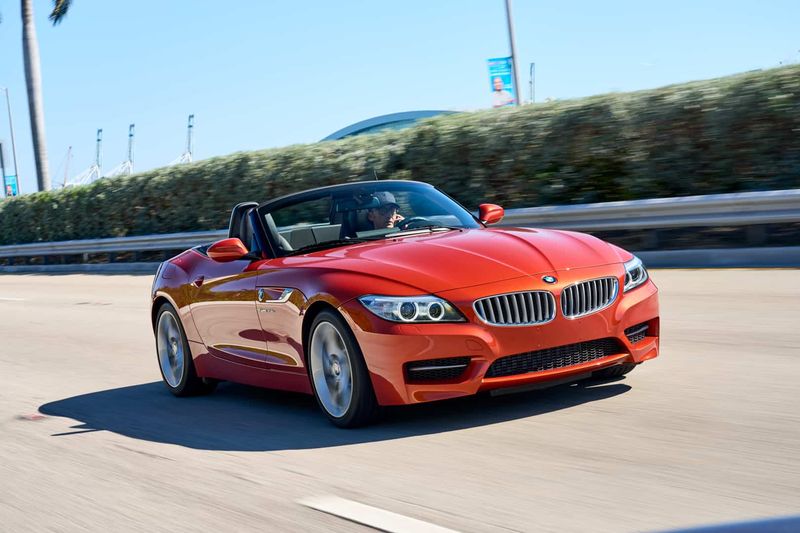
Abandoning the beloved fabric roof of its predecessor, the E89 Z4 transformed into a sleek hardtop convertible with stunning proportions.
Its shark-like profile and luxurious interior turned heads everywhere it went.
Enthusiasts mourned the loss of the hardcore Z4 M version, however. Combined with a hefty weight gain and softer handling, the new Z4 alienated driving purists.
BMW showrooms found them sitting for months despite generous incentives.
7. Nissan 370Z
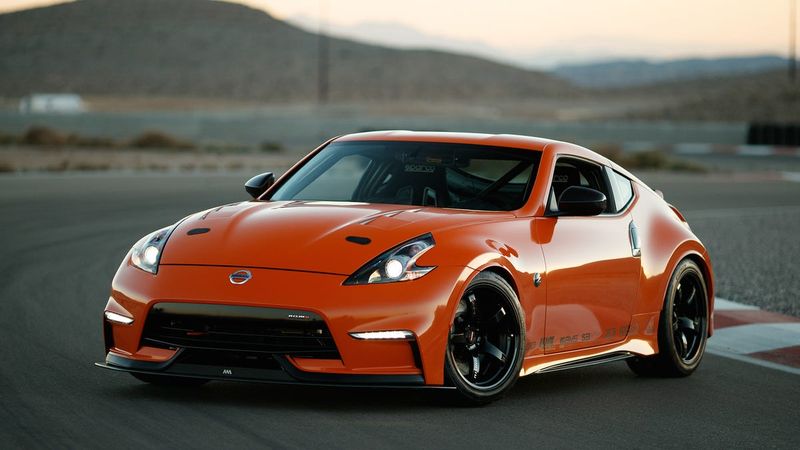
Defiantly old-school when it launched in 2009, the 370Z offered a naturally-aspirated V6, optional manual transmission, and hydraulic steering in an increasingly digital world.
Its compact dimensions and raw character created a direct connection between driver and machine.
Nissan barely updated it for over a decade, though. By the mid-2010s, its dated interior and rough ride made it a tough sell against more refined competitors.
Dealers resorted to massive discounts just to move inventory.
8. Dodge Viper
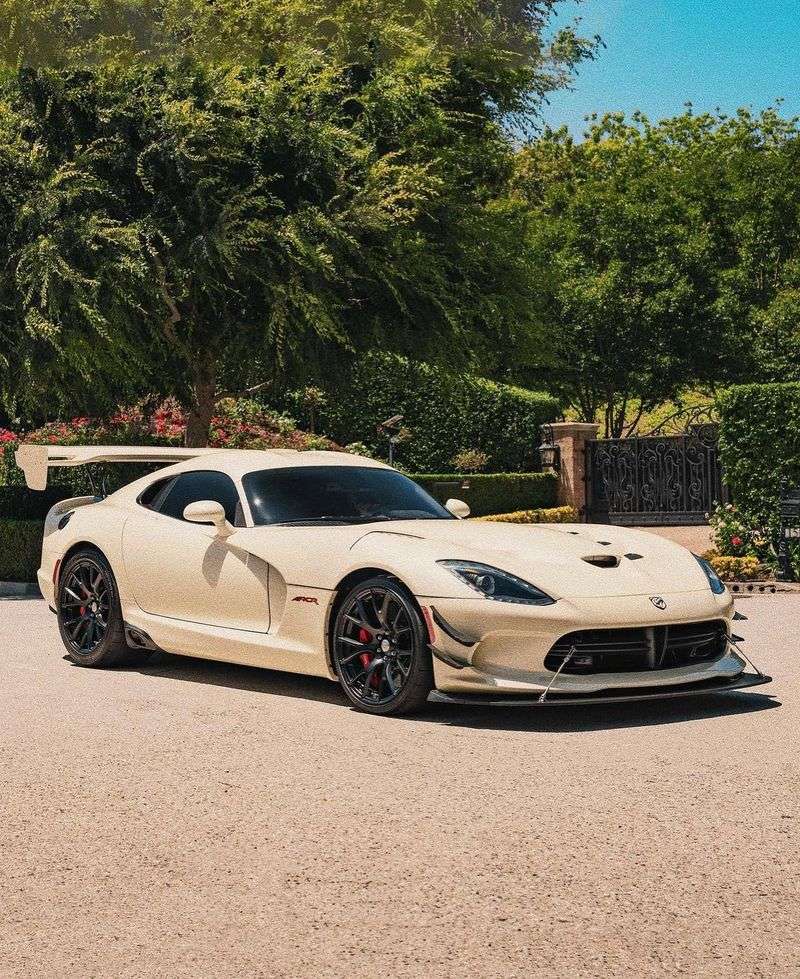
Nothing screamed American excess like an 8.4-liter V10 engine stuffed into a car with side pipes and no electronic nannies.
The Viper was a throwback to when sports cars were dangerous, demanding, and deliciously unhinged.
That same character made it nearly impossible to sell in meaningful numbers. Most drivers found it terrifying to drive, especially in the rain.
Dodge dealers struggled to find buyers brave (or foolish) enough to daily-drive what was essentially a street-legal race car.
9. Alfa Romeo 4C
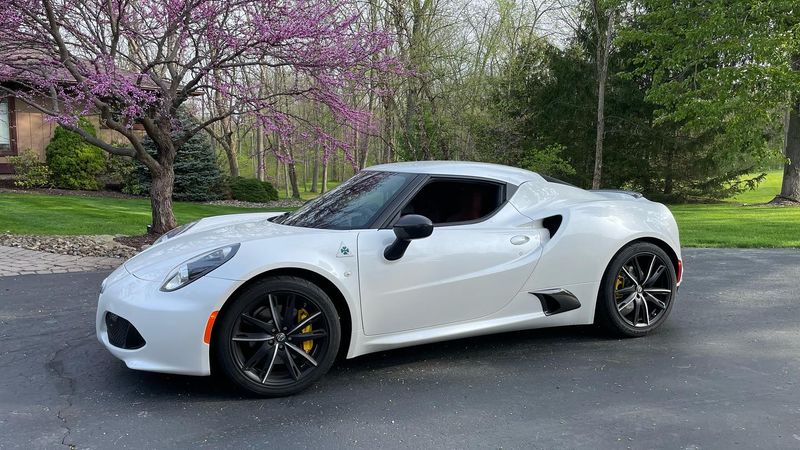
Hand-built around a carbon fiber tub like a miniature supercar, the 4C weighed just 2,465 pounds and skipped power steering entirely.
Its tiny turbocharged engine produced a distinctive soundtrack that echoed off canyon walls.
Dealerships couldn’t explain why someone should pay $60,000+ for a car with no power steering, minimal storage, and an interior that made economy cars look luxurious.
The 4C’s uncompromising nature limited its appeal to the most dedicated driving enthusiasts.
10. Cadillac ATS-V Coupe
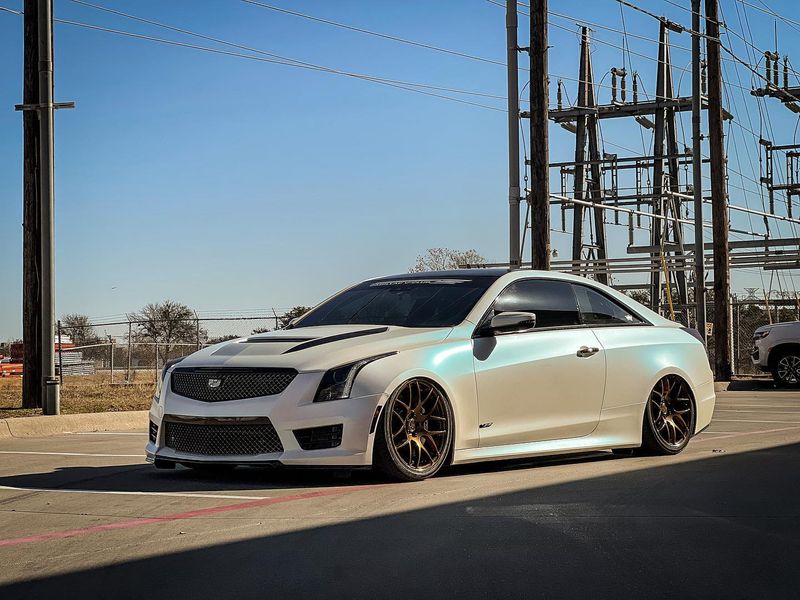
Packing 464 turbocharged horsepower and chassis tuning developed at the Nürburgring, the ATS-V Coupe legitimately outperformed the BMW M4 in most comparison tests.
Its angular Art & Science design language gave it a distinctively American presence. Luxury buyers couldn’t see past the Cadillac badge, though.
Despite offering more performance for less money than German rivals, Cadillac dealers watched as customers chose BMWs with inferior performance simply for the prestige.
11. Lotus Evora
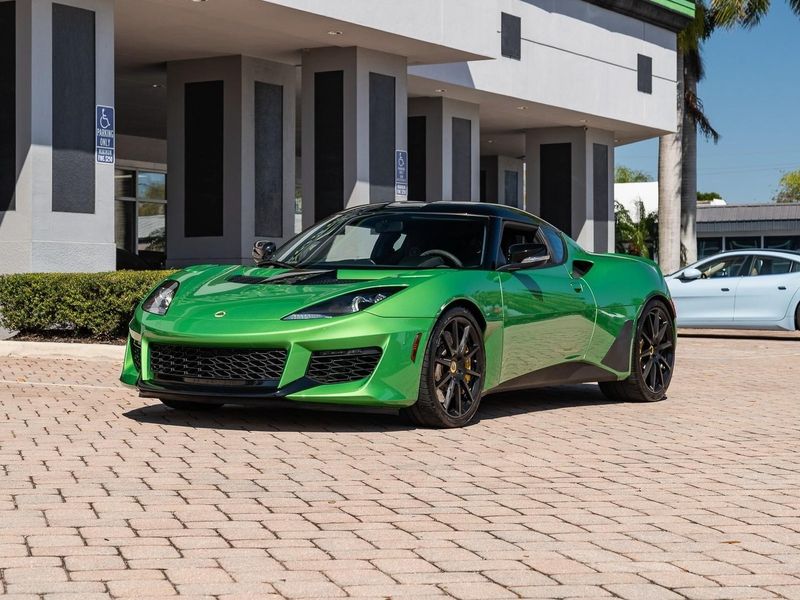
Mid-engine layout, Toyota reliability, and Lotus handling made the Evora a surprisingly practical exotic. Unlike typical Lotus models, it even offered rear seats and decent comfort for daily driving.
Finding a Lotus dealer proved nearly impossible for most Americans, though.
With fewer than 50 dealers nationwide, many potential buyers never even saw an Evora in person. Those who did often balked at paying $90,000 for a car with a Toyota engine.
12. Jaguar F-Type

Automotive journalists ran out of superlatives describing the F-Type’s stunning design and intoxicating exhaust note.
The V8 models produced sounds so glorious that tunnel-hunting became a legitimate weekend activity for owners.
High price tags and concerns about British reliability kept many admirers window-shopping.
Jaguar’s limited dealer network compared to German competitors didn’t help either. The result? Plenty of Instagram love but disappointing sales numbers.
13. Infiniti Q60 Red Sport
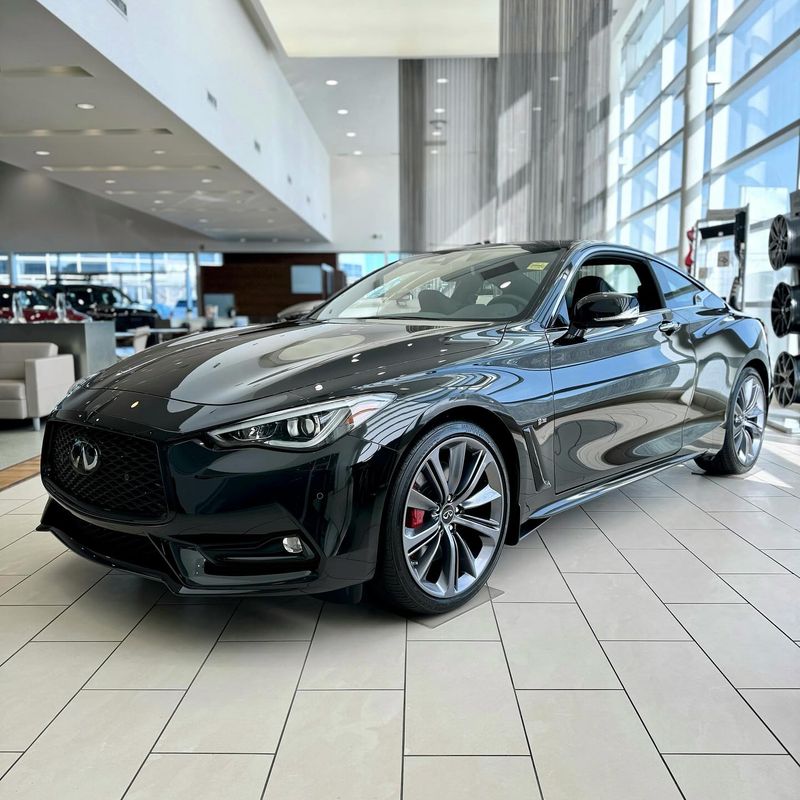
Lurking beneath the Q60’s gorgeous sheet metal was a 400-horsepower twin-turbo V6 capable of serious performance. Its flowing design made German competitors look boring by comparison.
Infiniti’s confusing naming convention and identity crisis left customers puzzled about what they were buying.
The brand’s constant rebranding didn’t help. Most luxury shoppers gravitated toward established German brands, leaving these beautiful coupes lingering on dealership lots.
14. Chevrolet Camaro Z/28
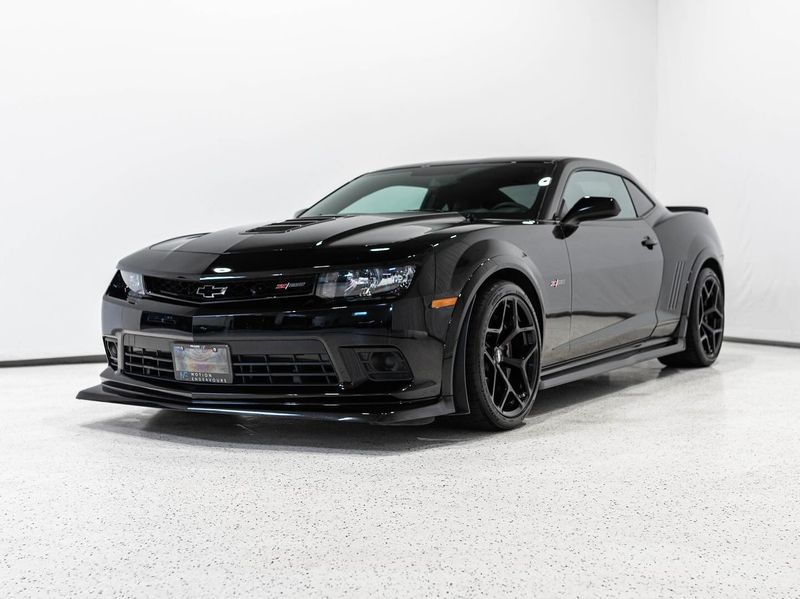
Chevrolet engineers went absolutely berserk with the fifth-generation Camaro Z/28, creating what was essentially a race car with license plates.
They removed sound insulation, air conditioning, and even reduced the battery size to save weight. The resulting car demolished track records but proved too extreme for daily use.
The $75,000 price tag shocked traditional Camaro buyers. Dealers struggled to explain why this special Camaro cost twice as much as regular SS models.
15. Audi TT RS
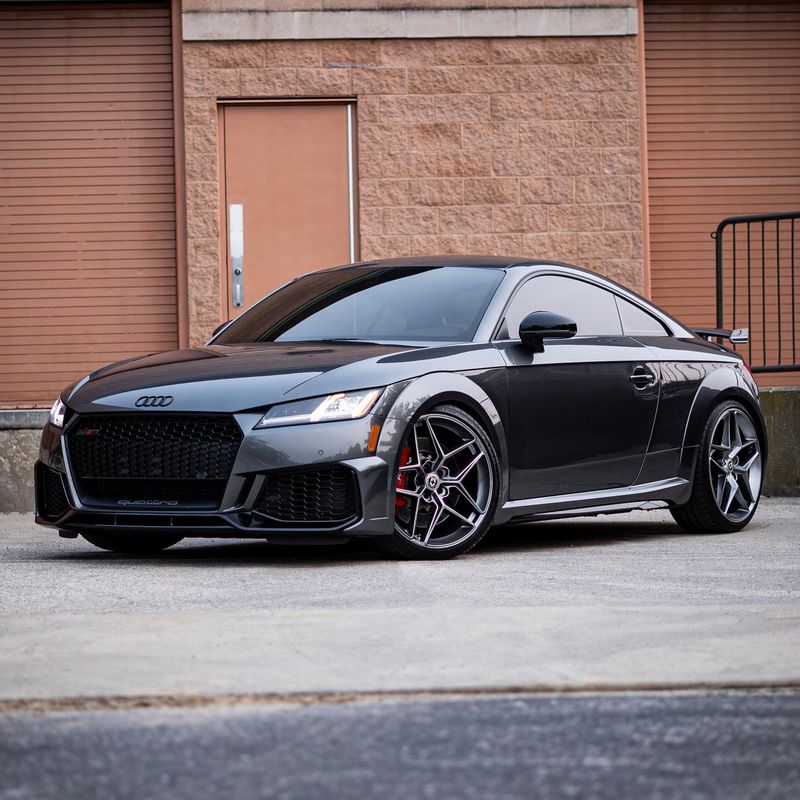
Hidden within the cute, rounded shape of the TT was the rabid RS variant with a turbocharged five-cylinder producing exotic car acceleration.
The unique engine delivered a distinctive sound reminiscent of Audi’s rally racing heritage.
The problem? It still looked like a regular TT to most observers. Buyers spending $70,000+ typically want visual drama to match the performance.
Most customers who wanted fast Audis bought the more practical S4 or RS5 instead.
16. Ford Mustang Boss 302
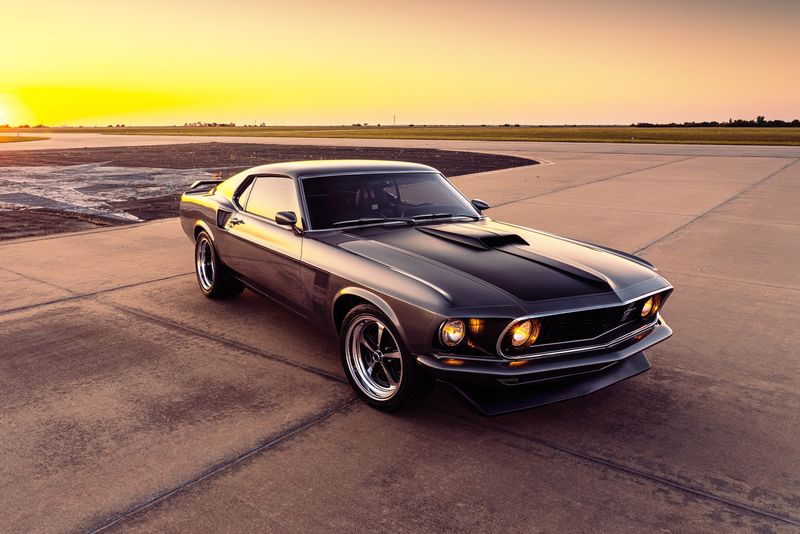
Ford created something magical with the limited-production Boss 302, balancing raw muscle car power with European-style handling precision.
Its specially-tuned 5.0-liter V8 featured forged internals and a 7,500 RPM redline that was unheard of for American V8s.
Limited production numbers and dealer markups put it out of reach for many Mustang enthusiasts. Ford restricted production to just two model years.
Many dealers treated them as collectibles rather than cars to be driven.
17. Mini Cooper S JCW

Go-kart handling and punchy turbocharged performance made the John Cooper Works Mini a riot to drive. Its retro-modern styling and customizable options allowed for thousands of unique combinations.
Pricing was the major stumbling block. Fully-loaded JCW models could easily exceed $45,000 – luxury car territory for something based on a small hatchback.
Dealers found customers loved test driving them but suffered severe sticker shock when discussing monthly payments.
18. Volkswagen Scirocco
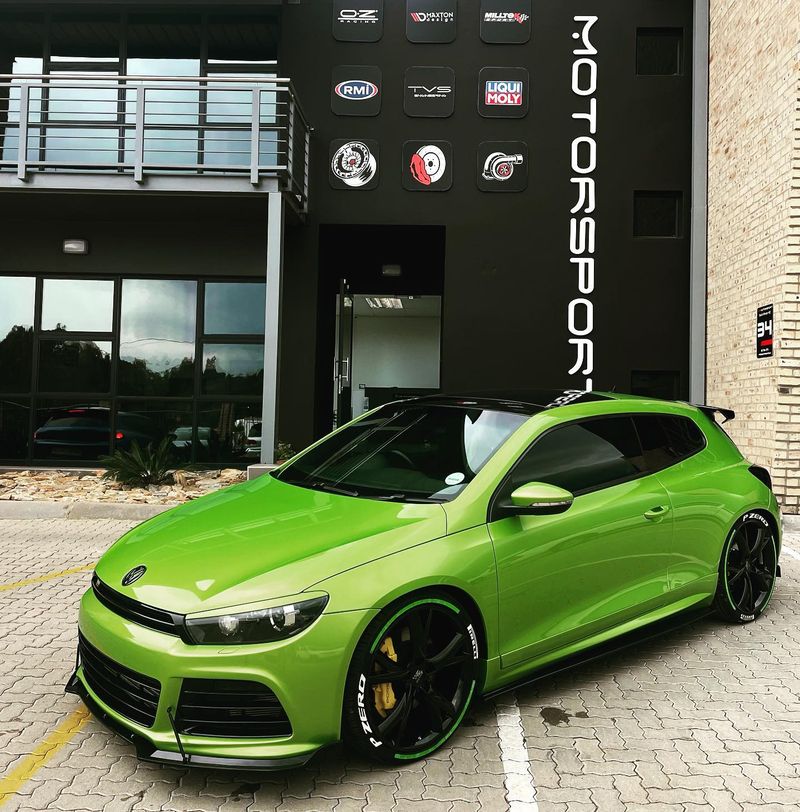
Americans could only gaze longingly at European car magazines featuring the sleek Scirocco – VW’s Golf-based sports coupe never made it stateside.
With striking styling and the same GTI mechanicals Americans loved, it seemed like a sure hit. European dealers had the opposite problem, though.
The Scirocco’s higher price and reduced practicality compared to the Golf GTI made it a tough sell. Many customers opted for the more practical hot hatch instead.
19. Honda CR-Z
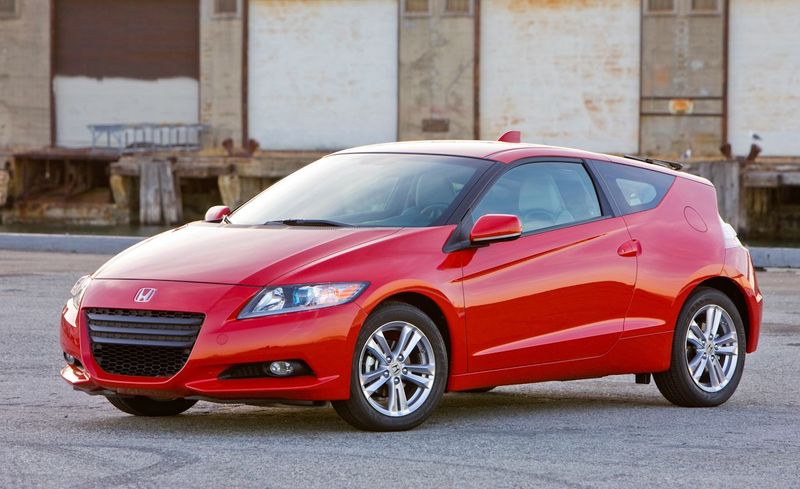
Attempting to channel the spirit of the beloved CRX, Honda created the CR-Z as the world’s first hybrid sports car.
Its futuristic styling and available manual transmission made it unique in the automotive landscape. Unfortunately, it satisfied neither hybrid buyers nor sports car enthusiasts.
With just 130 combined horsepower, it wasn’t quick enough to be sporty. Averaging only 37 mpg, it wasn’t efficient enough to be a proper hybrid.
20. Mitsubishi Eclipse GT
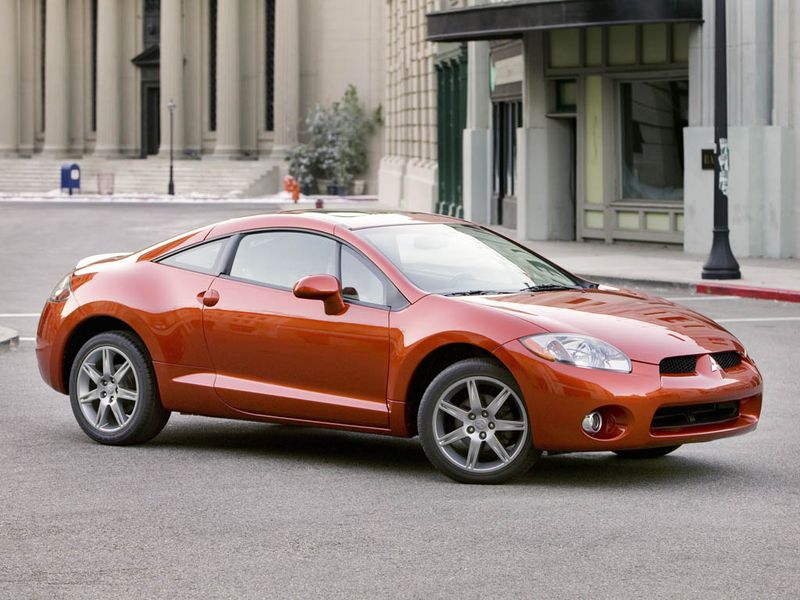
Once an icon of the sport compact scene, the fourth-generation Eclipse abandoned its turbocharged, all-wheel-drive roots for a softer, front-wheel drive approach.
The GT model’s 265-horsepower V6 still offered decent straight-line speed.
Enthusiasts never forgave Mitsubishi for neutering their beloved Eclipse. The heavy curb weight and understeer-prone handling disappointed those expecting the Eclipse’s former glory.
Dealers watched as the nameplate’s reputation faded before becoming a crossover.
21. Volvo C30 T5
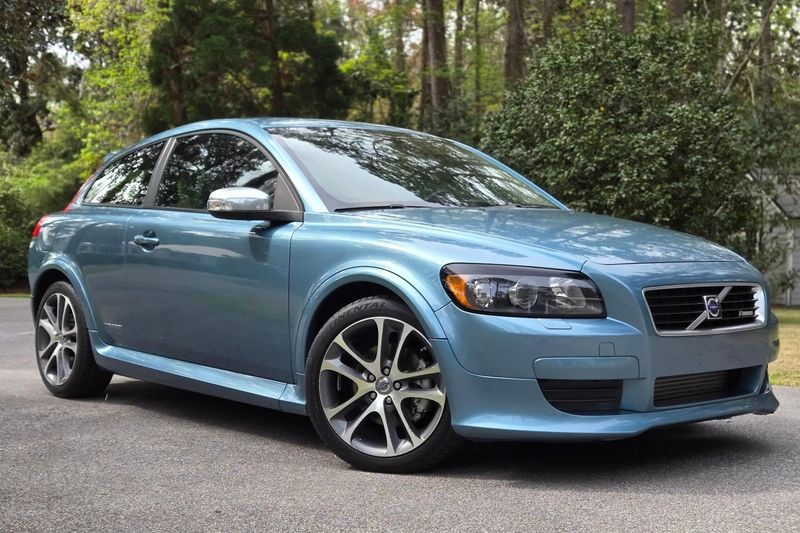
Channeling the spirit of the iconic P1800ES, Volvo’s quirky C30 combined turbo power with distinctive glass hatchback styling.
The R-Design version with Polestar tuning could even embarrass some dedicated sports cars. American buyers couldn’t wrap their heads around a premium hot hatch from Volvo, though.
The unusual three-door layout with only four seats limited practicality. Volvo dealers, more accustomed to selling safe family cars, struggled to market something so niche.
22. Pontiac Solstice GXP
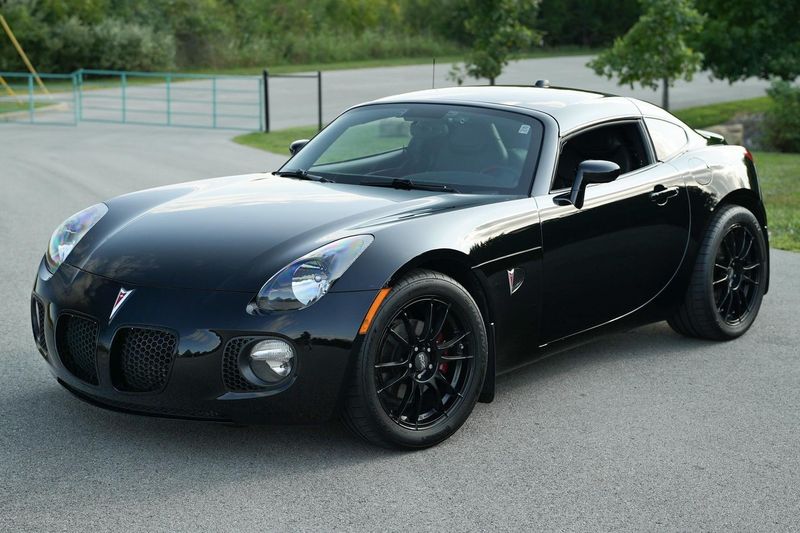
Before Pontiac’s untimely demise, they created a legitimately excellent sports car in the turbocharged Solstice GXP.
With 260 horsepower in a lightweight package, it offered Corvette-like acceleration at half the price. Practical issues plagued the beautiful roadster, though.
The comically small trunk became even smaller with the top down. GM’s bankruptcy and Pontiac’s discontinuation sealed its fate. Dealers fire-sold remaining inventory as the brand disappeared forever.
23. Saturn Sky Red Line
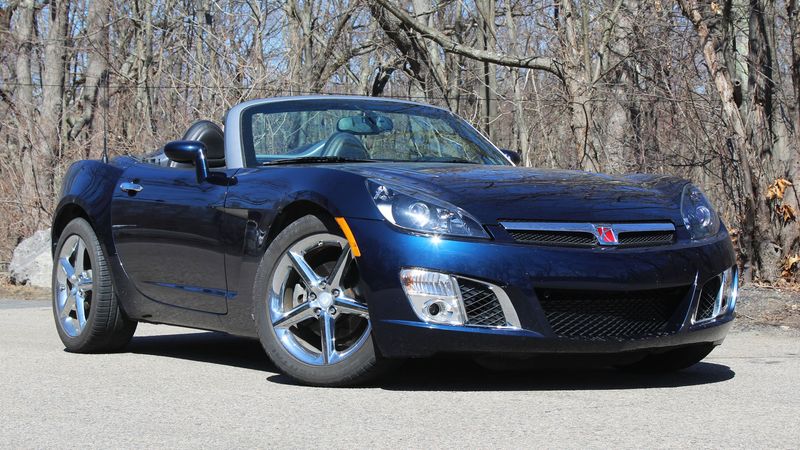
Roaring onto the scene in 2007, this pocket rocket packed a turbocharged punch that left enthusiasts grinning.
The 260-horsepower engine crammed into its tiny frame made the Sky Red Line a legitimate sports car contender.
Sadly, timing couldn’t have been worse. The economic crash coincided with its brief market run, and Saturn’s entire brand faced extinction by 2010.
Owners still rave about its unique styling and surprising performance, forming dedicated clubs nationwide.
24. BMW 1 Series M Coupe
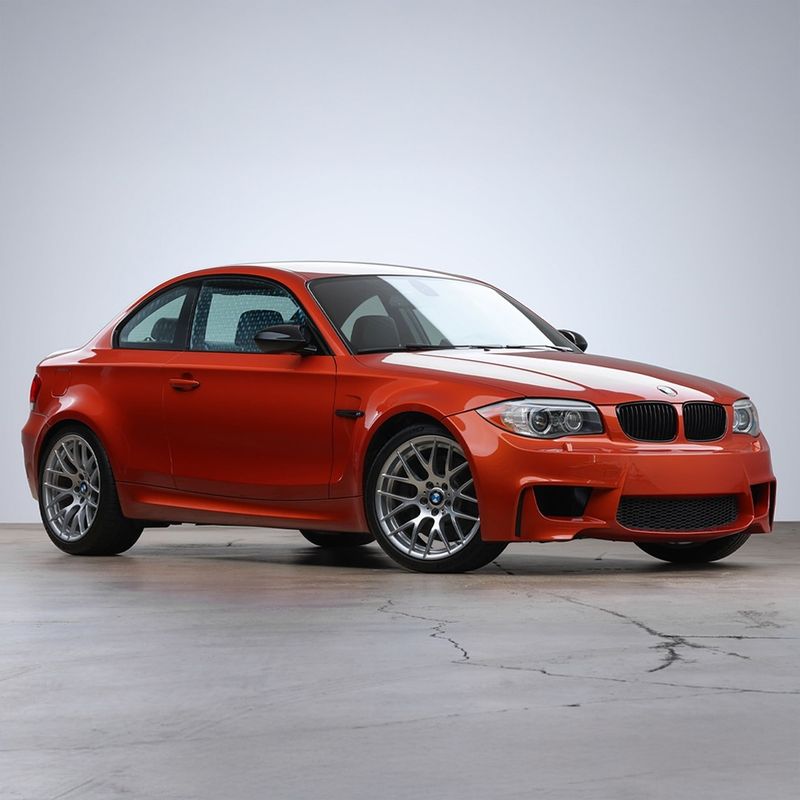
Affectionately nicknamed the “1M,” this limited-production beast wasn’t just another BMW—it was automotive alchemy.
Engineers essentially stuffed M3 performance parts into a compact 1 Series body, creating a nimble monster that driving purists still discuss in reverent tones.
Only 6,309 units ever left the factory during its single-year production run in 2011. BMW dealers struggled to explain its premium price tag to casual shoppers, while enthusiasts who understood its significance scrambled to find one.
25. Acura NSX (2nd Gen)
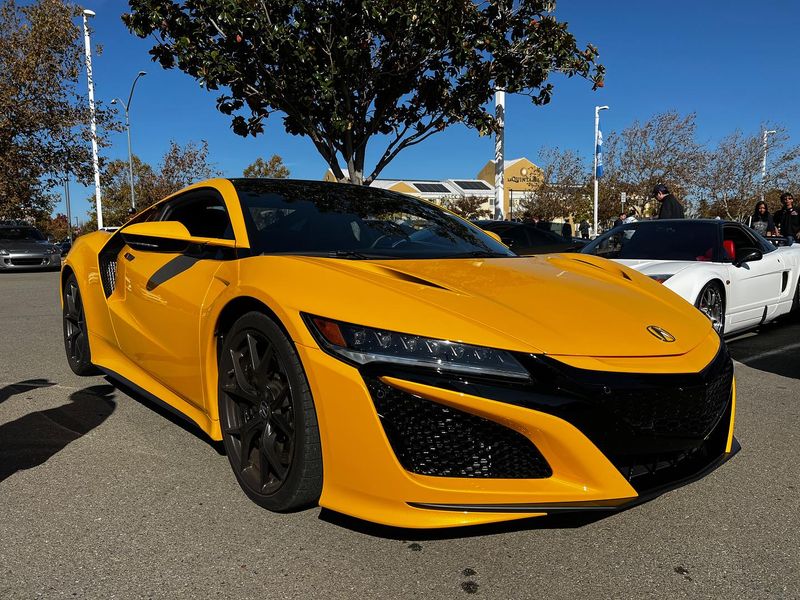
Waiting nearly a decade for your comeback tour isn’t ideal in the fast-paced supercar world.
Acura’s second-generation NSX suffered from development delays and shifting design goals that stretched its gestation period to painful lengths.
When it finally arrived in 2016, this technological marvel combined a twin-turbo V6 with three electric motors in a sophisticated all-wheel-drive system.
Critics praised its engineering brilliance but balked at its $157,000 starting price.
Potential buyers who had eagerly anticipated its return had already moved on to Porsches, McLarens, and Ferraris.
26. Kia Stinger GT

Bursting onto the scene with a twin-turbo V6 pumping out 365 horsepower, the Stinger GT shocked the automotive world.
Former BMW M-division engineer Albert Biermann crafted a genuine performance machine wearing a Kia badge—something previously unimaginable.
Magazine reviews gushed over its balanced handling, premium interior, and practical liftback design. The problem? Badge snobbery runs deep among luxury sports sedan buyers.
Consumers willing to drop $50,000 on a performance car struggled to choose a Kia over established German brands, despite the Stinger offering comparable performance at a significant discount.
27. Mercedes-Benz SLK 55 AMG

Imagine cramming a naturally-aspirated 5.5-liter V8 into a tiny convertible barely larger than a Miata.
Mercedes didn’t just imagine it—they built it! The SLK 55 AMG was automotive insanity disguised as a sophisticated roadster.
Unleashing 415 horsepower in such a small package created a Jekyll-and-Hyde personality.
One moment it was a refined boulevard cruiser with its hardtop up; the next, a tire-smoking hooligan with an exhaust note that could wake the dead.
28. Chrysler Crossfire SRT-6
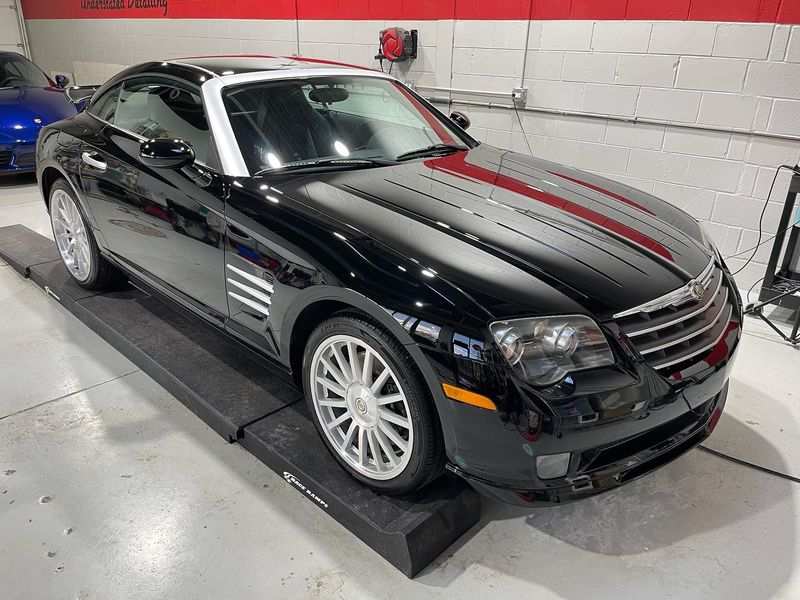
Born during the brief DaimlerChrysler marriage, this automotive oddity shared its platform with the Mercedes-Benz SLK but wrapped it in controversial American styling.
The standard Crossfire raised eyebrows, but the SRT-6 version was the truly misunderstood performance monster.
A supercharged 3.2-liter V6 delivered 330 horsepower through a five-speed automatic, launching this quirky coupe to 60 mph in just 5 seconds.
Fixed rear spoiler, aggressive bodywork, and a stiffer suspension transformed it into a legitimate sports car.
Buyers couldn’t reconcile the Chrysler badge with its near-$50,000 price tag in 2005.
29. Toyota MR2 Spyder
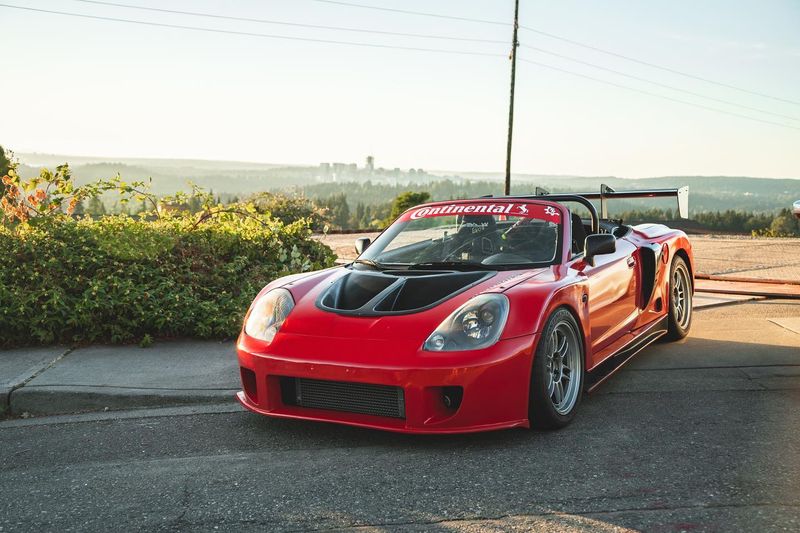
Tipping the scales at just 2,200 pounds and placing its engine behind the driver, the third-generation MR2 offered exotic car handling dynamics at economy car prices.
Japanese and European drivers understood its brilliance immediately.
Americans, however, were confused by a Toyota sports car that wasn’t practical. The tiny trunk could barely hold a grocery bag, and the lack of storage space puzzled shoppers expecting Camry-like utility.
Enthusiasts adored its razor-sharp responses and go-kart handling, but the general public couldn’t justify its limitations. Toyota dealers watched these mid-engine marvels gather dust while Mazda Miatas flew off lots.
